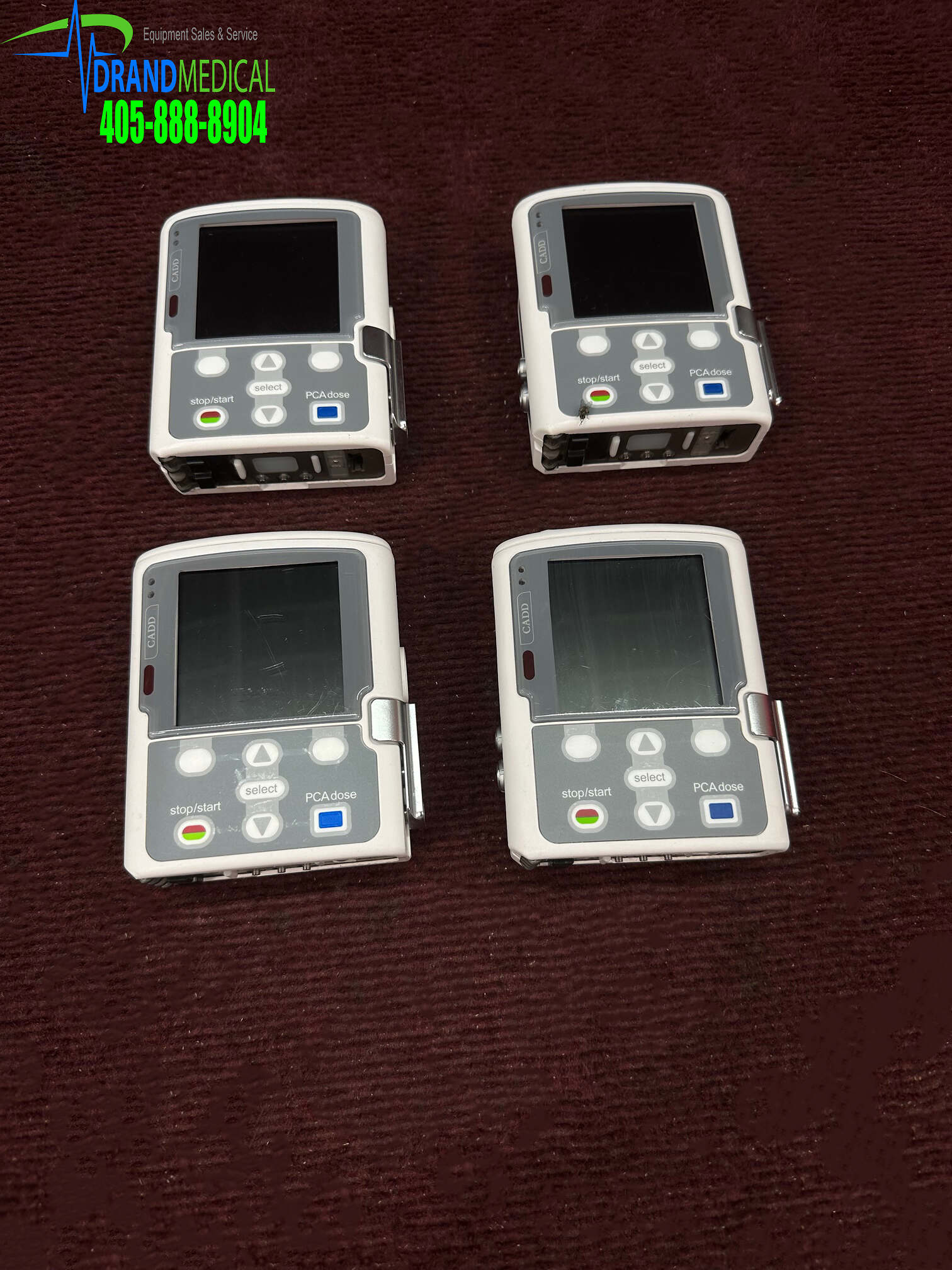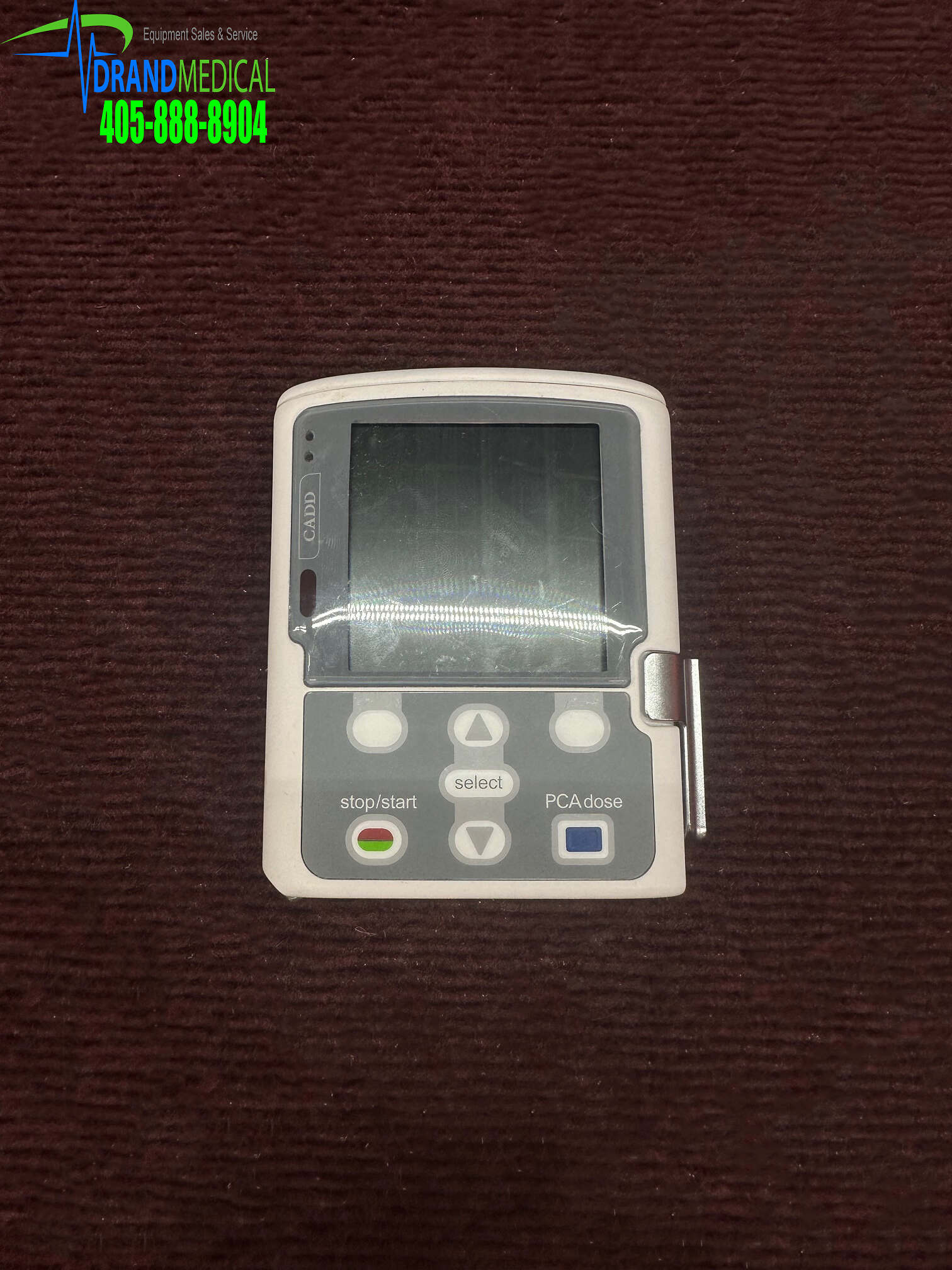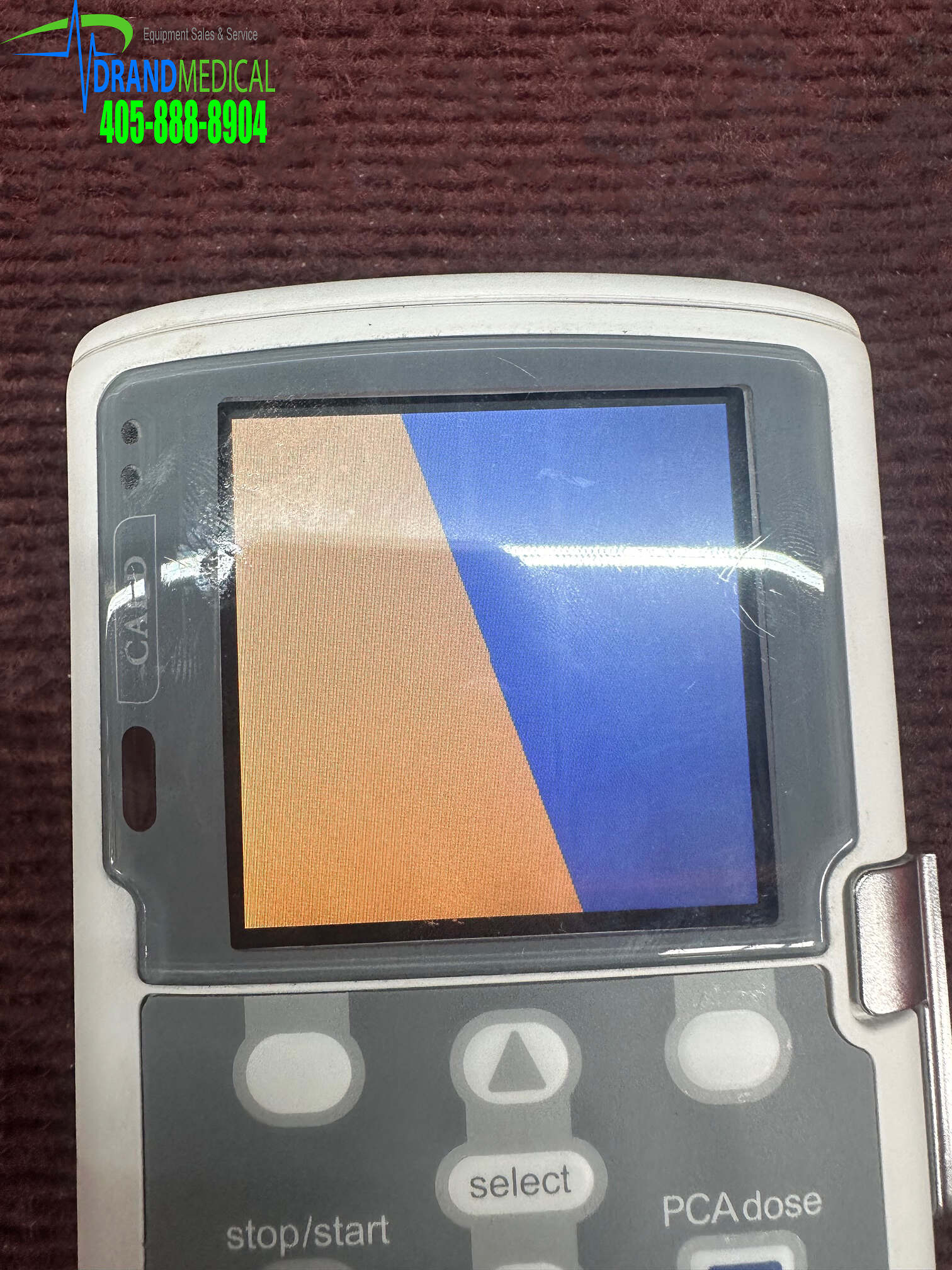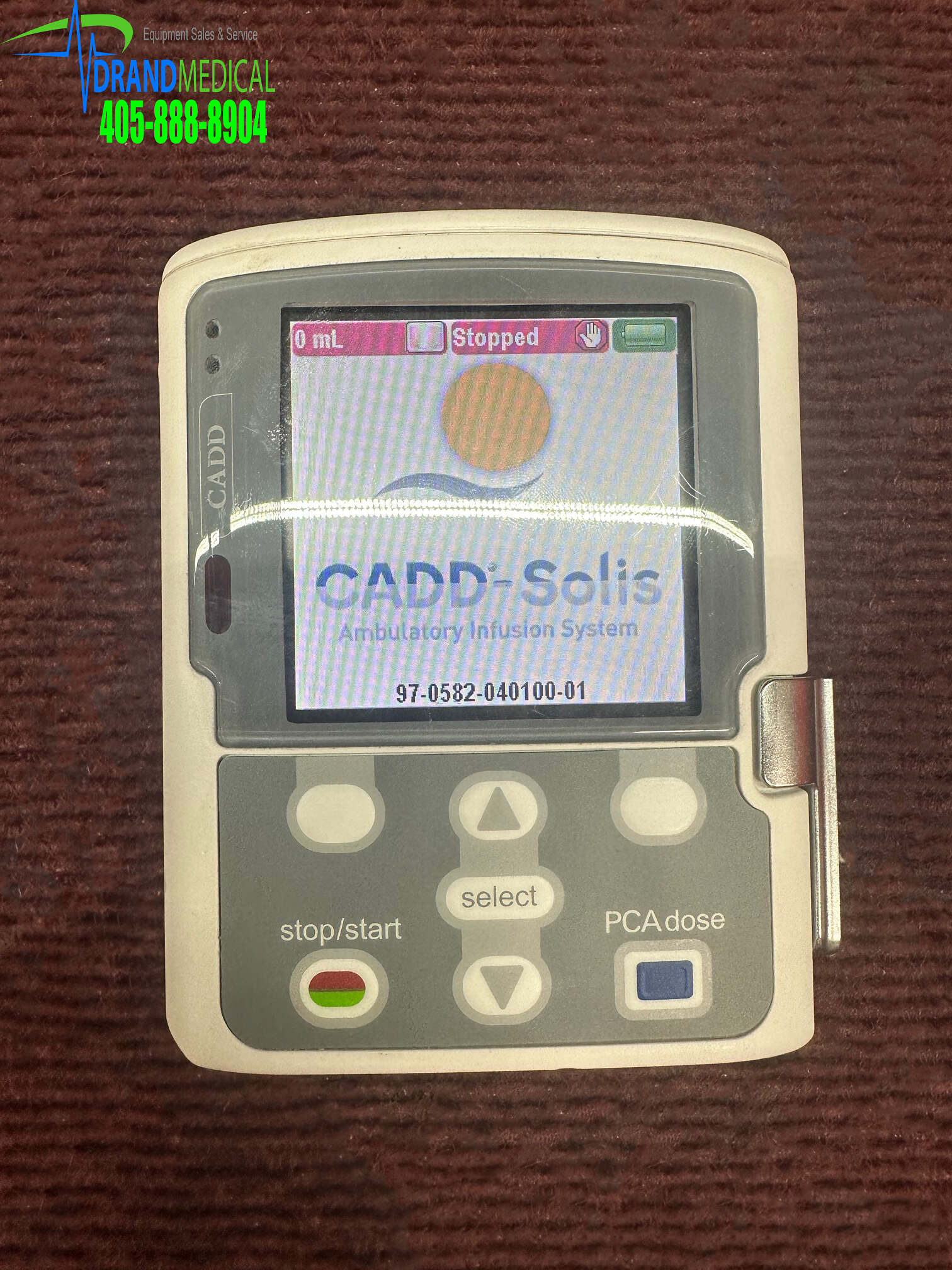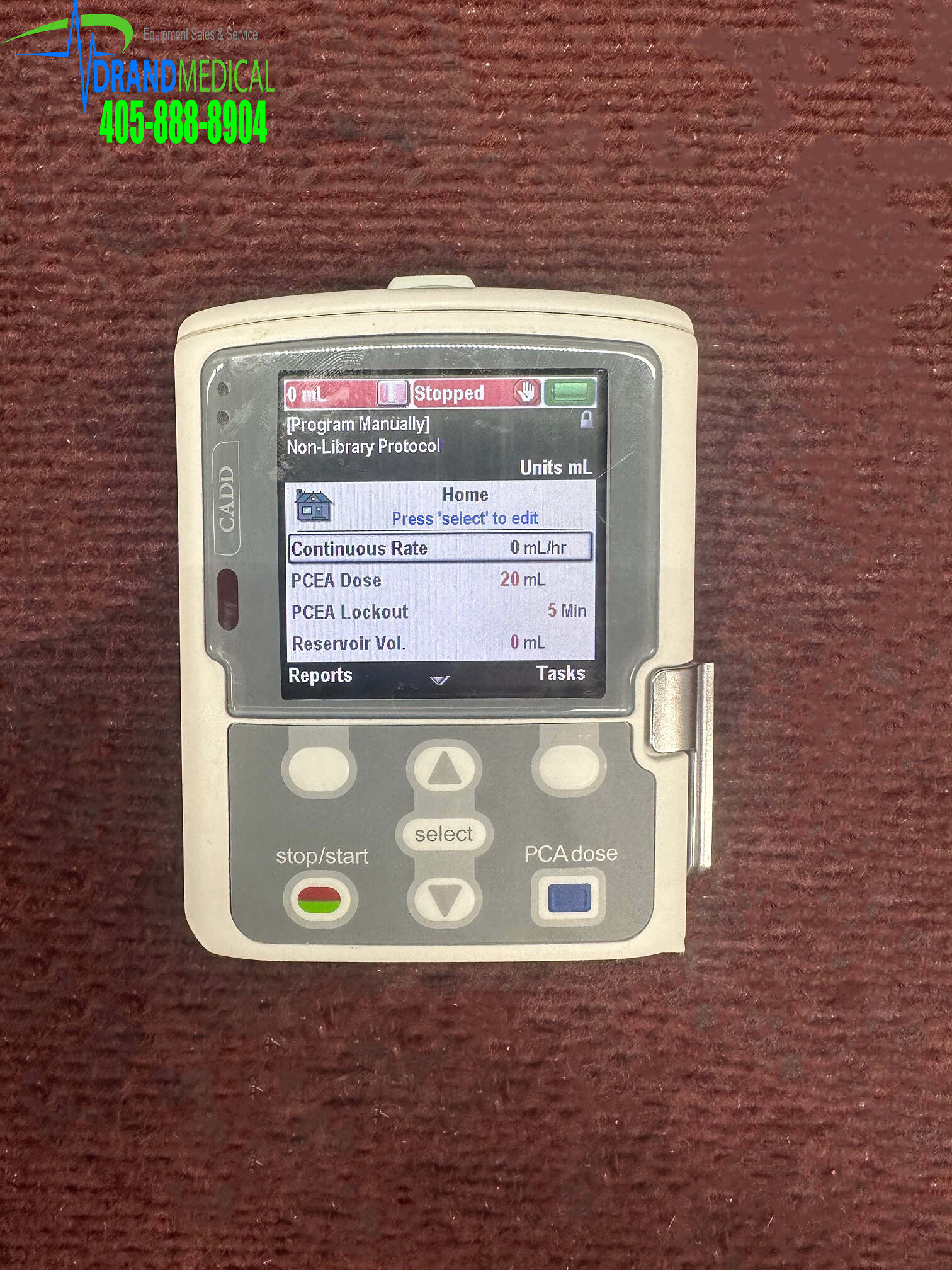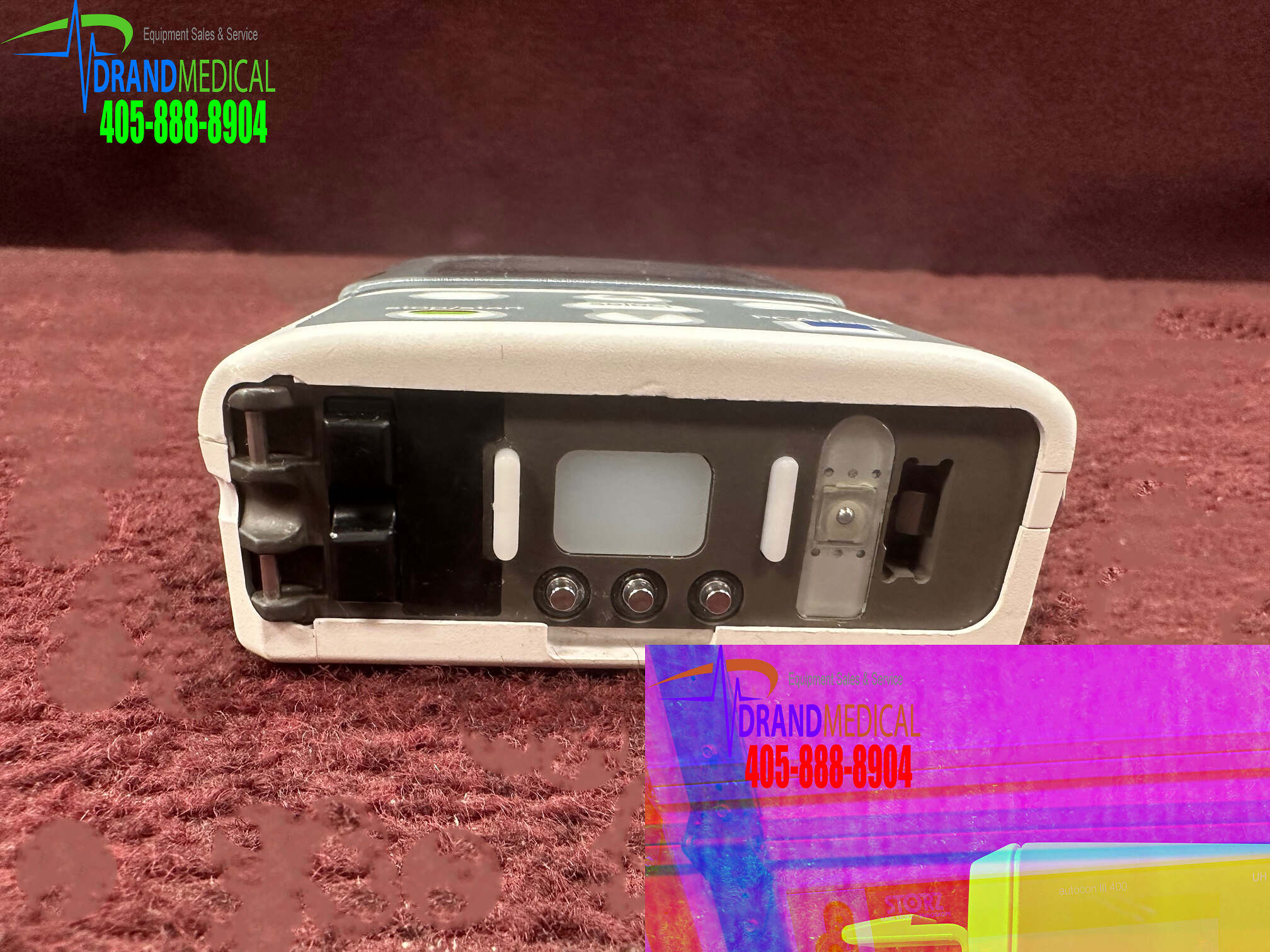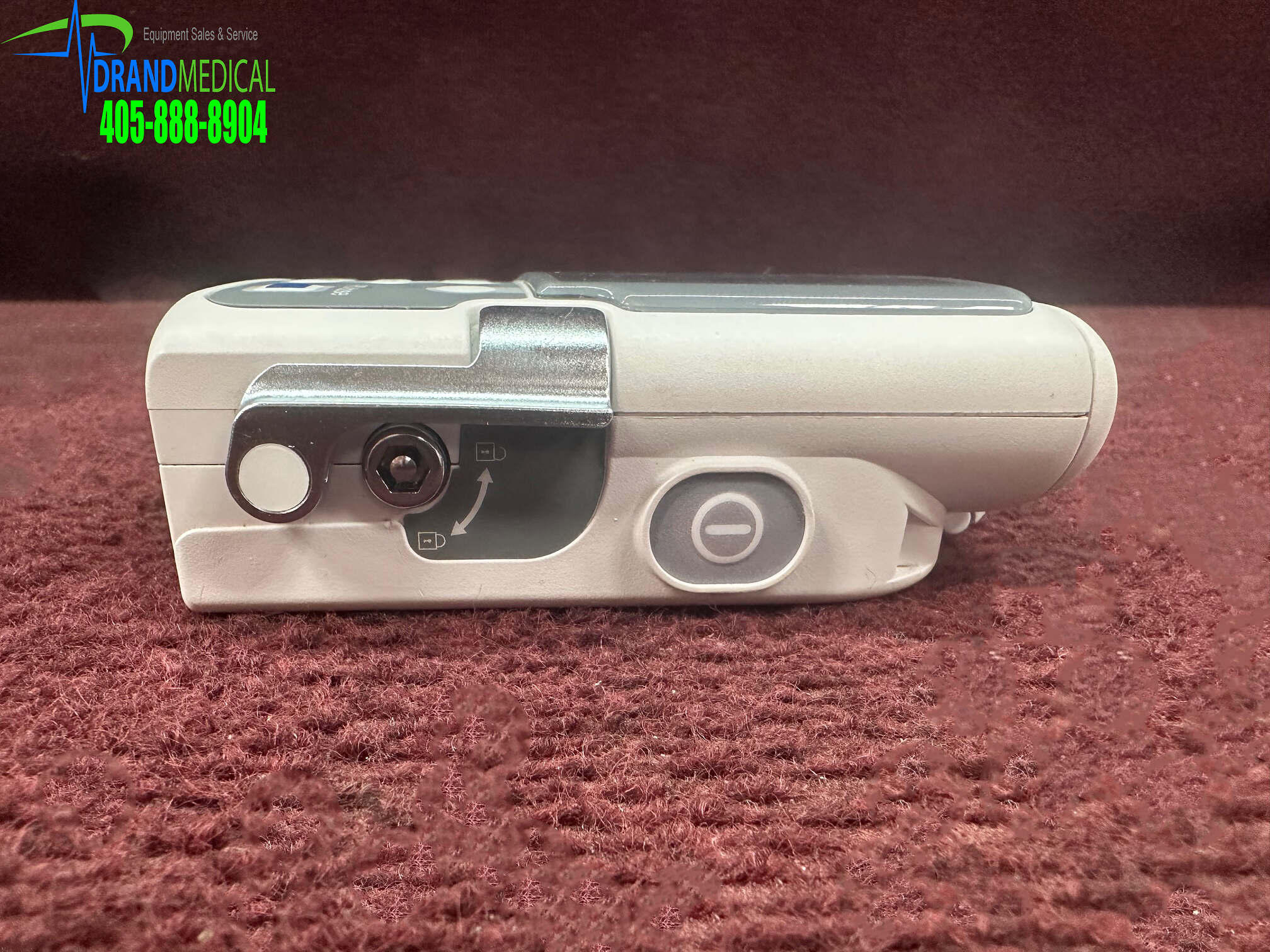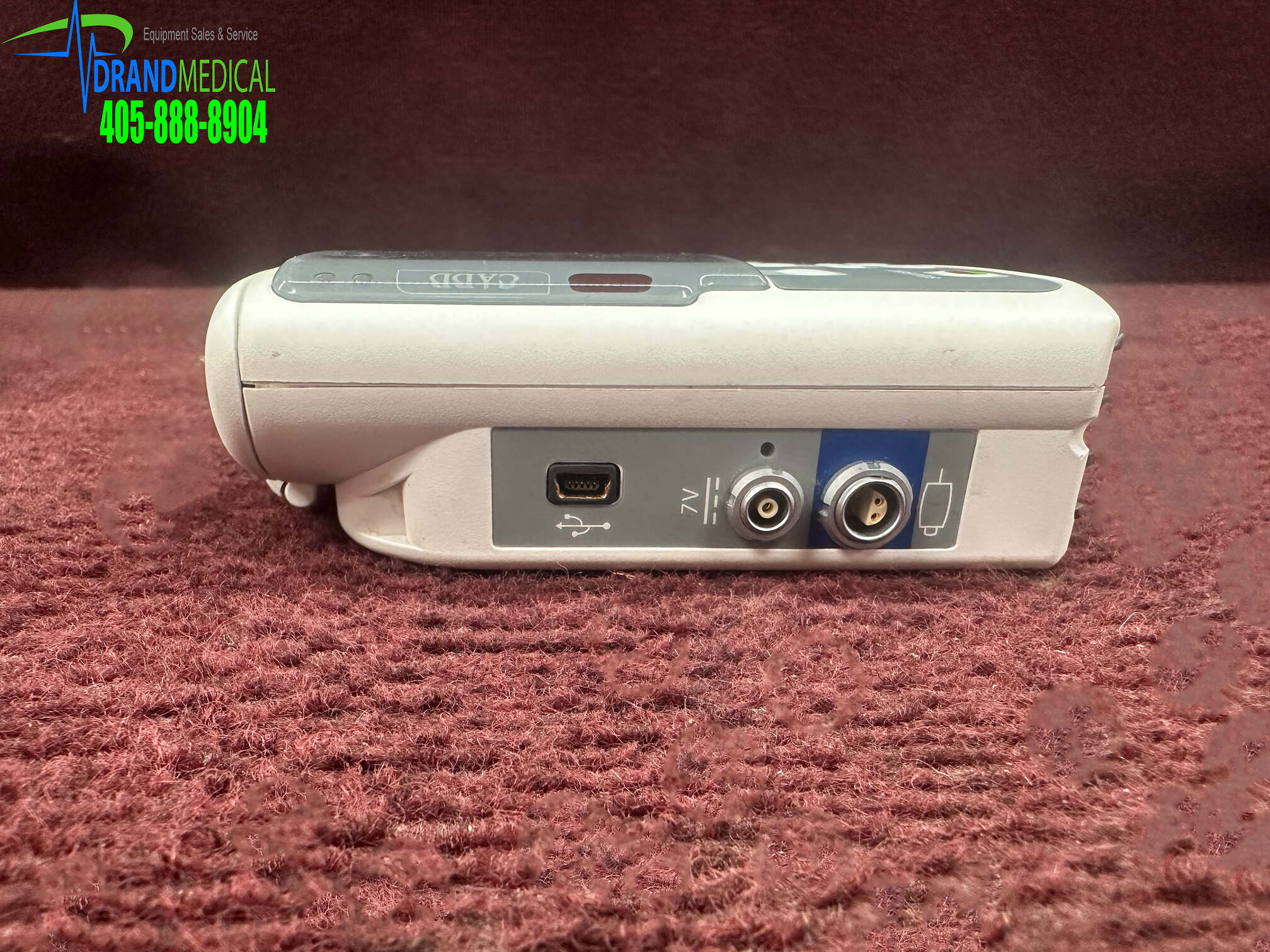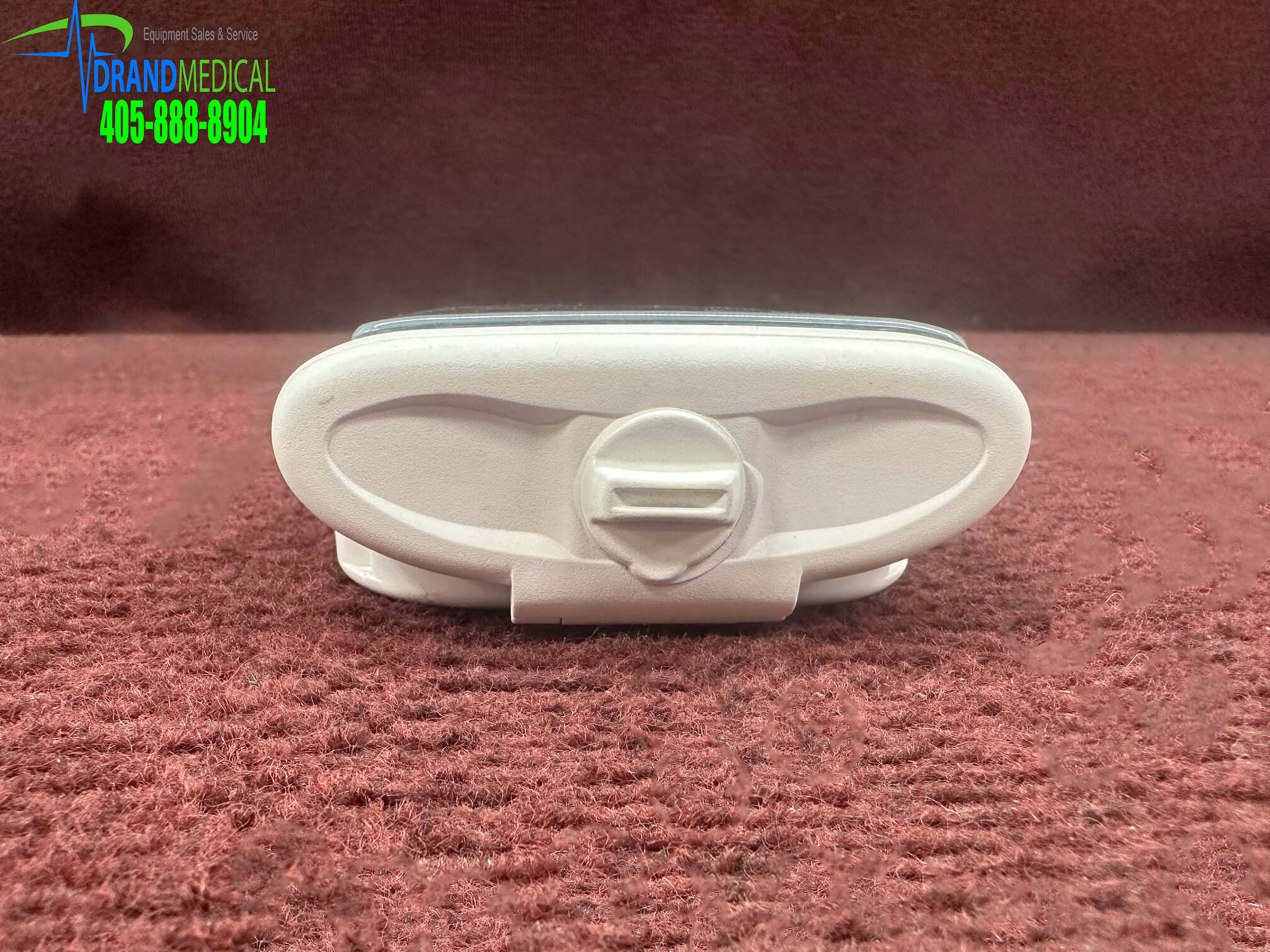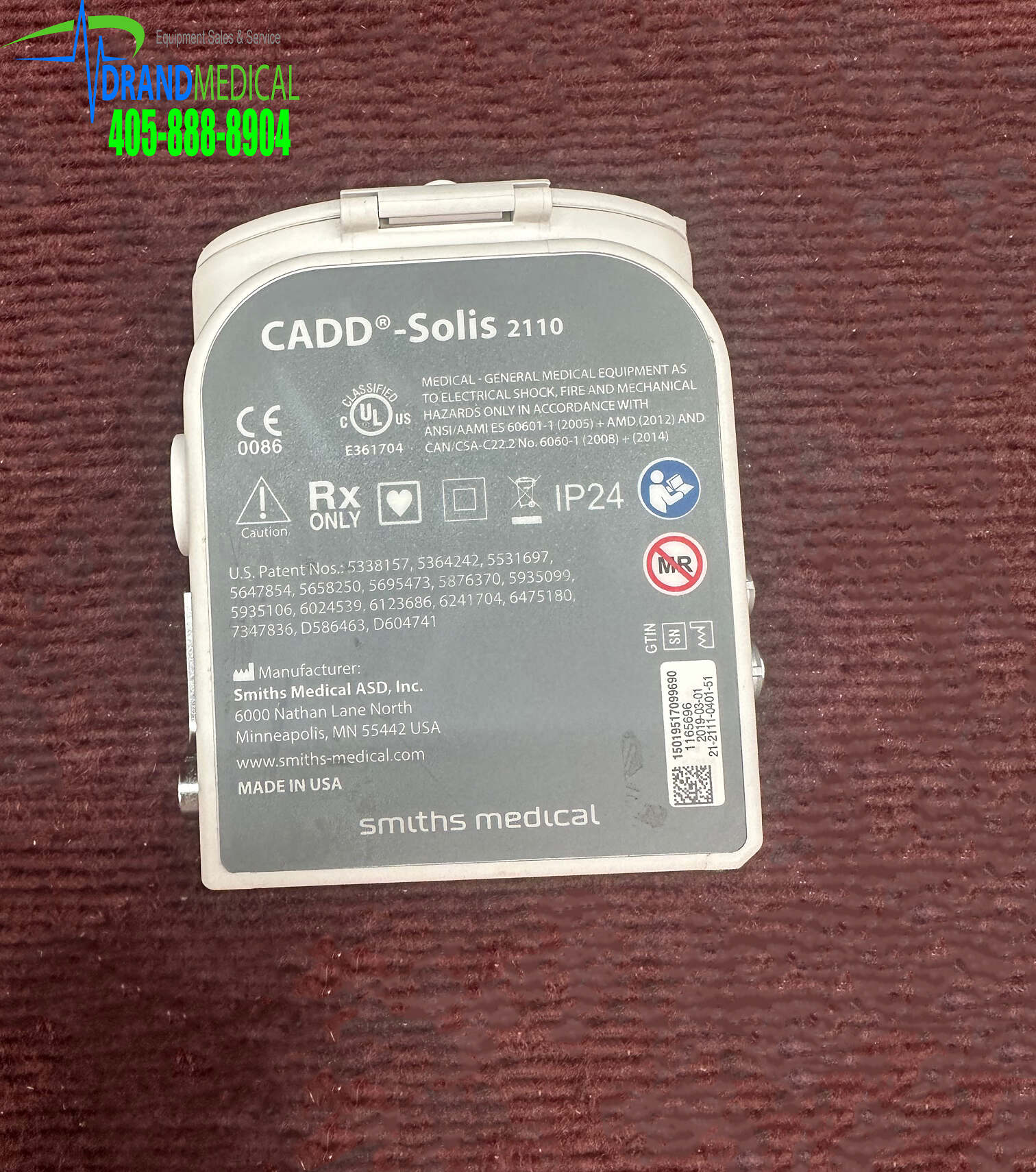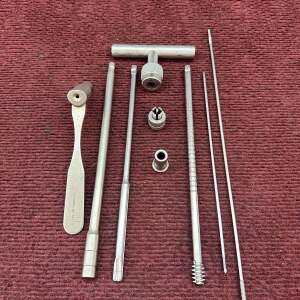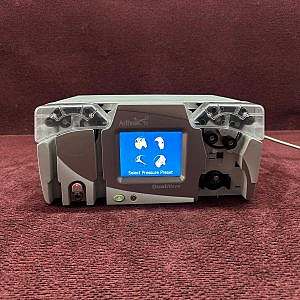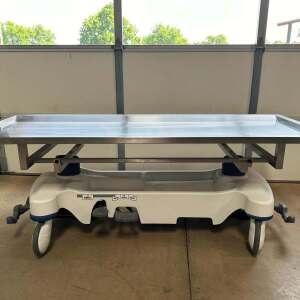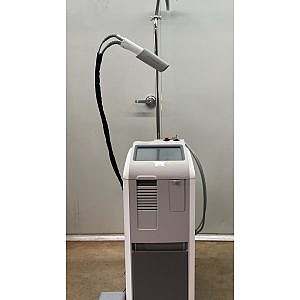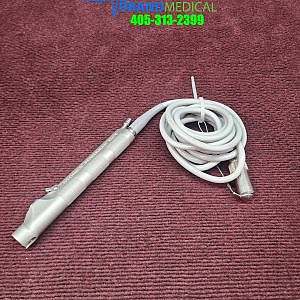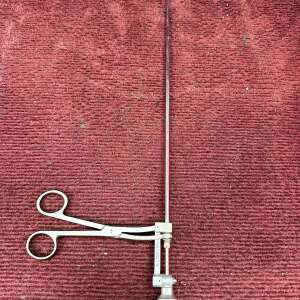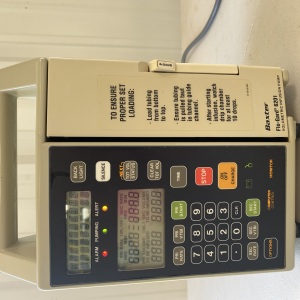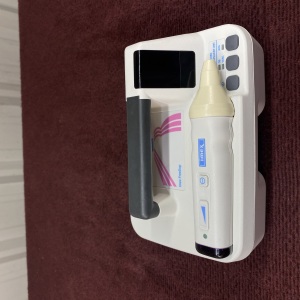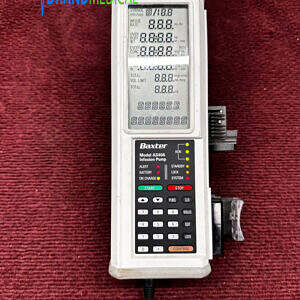Description
Introduction
This Technical Manual is applicable only to the model 2100/2110 CADD Solis ambulatory infusion pump. It is intended to provide a basic but limited understanding of the mechanical and electrical operation of the CADD Solis ambulatory infusion pump to people familiar with the device. It also outlines cleaning and functional testing procedures that can be performed on the pump. The CADD Solis Operator’s Manual and Administrator Settings Guide should be used in conjunction with this manual for complete information.
Contraindications
-
The pump is not to be used for delivery of blood or cellular blood products, as blood and cellular blood products will be damaged by the pumping mechanism.
-
This pump is not to be used in any intra-articular space infusion.
Pump Overview
The CADD Solis Ambulatory Infusion System provides measured drug therapy to patients in hospital or outpatient settings. Therapy should always be overseen by a physician or a certified, licensed healthcare professional. As appropriate, the patient should be instructed in using the pump. The CADD Solis Ambulatory Infusion Pump is indicated for intravenous, intra-arterial, subcutaneous, intraperitoneal, in close proximity to nerves, into an intraoperative site (soft tissue, body cavity/surgical wound site), epidural space, or subarachnoid space infusion. The pump is intended for therapies that require a continuous rate of infusion, and/or an intermittent bolus, and/or with patient-controlled demand
Doses.
Delivery Methods
The pump provides the following methods of delivery:
•Continuous rate: infusion of drug at a constant, programmed rate
•Intermittent bolus (IB): a series of doses automatically delivered at regular, programmed intervals
•PCA (PCEA) dose: a demand dose activated by the patient
•Clinician bolus: a dose activated by the clinician
Each of the methods may be programmed individually or in combination with each other. The figuresbelow illustrate examples of combined delivery methods. Ranges, programming increments, rates, and volumes are listed in “Specifications (Nominal)”.
Scroll Ranges
|
Continuous Rate Scroll Ranges
|
|
Units
|
Starting Value
|
Increment
|
Maximum
|
|
Milliliters
|
0
|
0.10
|
100.00
|
|
Milligrams only
|
10% of
concentration
|
Values between 0.01 and 0.5: 0.01
|
Concentration x 100
|
|
Micrograms
only
|
10% of
concentration
|
Values between 0.01 and 0.5: 0.01
|
Concentration x 100
|
|
Milligrams and
Micrograms
|
10% of
concentration
|
Values between 0.5 and 100: 0.1
Values between 100 and 1000: 1.0
Values greater than 1000: 10.0
|
Concentration x 100
|
|
PCA Dose, Clinician Bolus, and Intermittent Bolus Scroll Ranges
|
|
Units
|
Starting Value
|
Increment Max.
|
|
Milliliters
|
0
|
0.05 50
|
|
PCA Dose, Clinician Bolus, and Intermittent Bolus Scroll Ranges: Milligrams
|
|
Concentration
(mg/mL)
|
Increment
(mg)
|
Max.
(mg)
|
Concentration
(mg/mL)
|
Increment
(mg)
|
Max.
(mg)
|
|
0.1
0.2
0.3
0.4
0.5
|
0.01
0.02
0.03
0.04
0.05
|
5
10
15
20
25
|
20
25
30
35
|
1.00
1.25
1.50
1.75
|
1000
1250
1500
1750
|
|
1
2
3
4
5
|
0.05
0.10
0.15
0.20
0.25
|
50
100
150
200
250
|
40
45
50
55
|
2.00
2.25
2.50
2.75
|
2000
2250
2500
2750
|
|
6
7
8
9
10
|
0.30
0.35
0.40
0.45
0.50
|
300
350
400
450
500
|
60
65
70
75
80
|
3.00
3.25
3.50
3.75
4.00
|
3000
3250
3500
3750
4000
|
|
11
12
13
14
15
|
0.55
0.60
0.65
0.70
0.75
|
550
600
650
700
750
|
85
90
95
100
|
4.25
4.50
4.75
5.00
|
4250
4500
4750
5000
|
|
PCA Dose, Clinician Bolus, and Intermittent Bolus Scroll Ranges: Micrograms
|
|
Concentration
(mg/mL)
|
Increment
(mg)
|
Max.
(mg)
|
Concentration
(mg/mL)
|
Increment
(mg)
|
Max.
(mg)
|
|
1
2
3
4
5
|
0.05
0.10
0.15
0.20
0.25
|
50
100
150
200
250
|
35
40
45
50
|
1.75
2.00
2.25
2.50
|
1750
2000
2250
2500
|
|
6
7
8
9
10
|
0.30
0.35
0.40
0.45
0.50
|
300
350
400
450
500
|
55
60
65
70
75
|
2.75
3.00
3.25
3.50
3.75
|
2750
3000
3250
3500
3750
|
|
11
12
13
14
15
|
0.55
0.60
0.65
0.70
0.75
|
550
600
650
700
750
|
80
85
90
95
|
4.00
4.25
4.50
4.75
|
4000
4250
4500
4750
|
|
20
25
30
|
1.00
1.25
1.50
|
1000
1250
1500
|
100
200
300
400
500
|
5.00
10.00
15.00
20.00
25.00
|
500
10,000
15,000
20,000
25,000
|
Specifications (Nominal)
General Pump Specifications
|
System definition
|
CADD Solis pump with 1 of the following attached:
•Medication cassette reservoir and CADD extension set
•Medication cassette reservoir with Flow Stop feature and CADD extension set
•CADD ® administration set
•CADD ® administration set with Flow Stop feature
|
|
Classification
|
CF
Class II
|
|
Used to test the
pump
|
•CADD medication cassette reservoirs, REF 21-7002 and REF 21-7309
•CADD extension sets, REF 21-7047 and REF 21-7046
•CADD administration sets, REF 21-7091 and REF 21-7321
•CADD high volume administration sets, REF 21-7355 and REF 21-7357
|
|
Resolution
|
•CADD medication cassette reservoir: 0.050 mL per pump stroke nominal
•CADD administration set: 0.050 mL per pump stroke nominal
•CADD high volume administration set: 0.1 mL per pump stroke nominal
|
|
Size
|
Excluding cassette and accessories:
4.1 cm × 10.2 cm × 12.7 cm
1.6 in × 4 in × 5 in
|
|
Weight
|
Including 4 AA alkaline batteries, excluding other accessories:
595 g
21 oz
|
|
System operating
temperature
|
15°C to 40°C
59°F to 104°F
|
|
System storage
and transportation
temperature
|
–20°C to 60°C
–4°F to 140°F
|
|
Moisture protection
|
Splashproof (IPX4) per IEC 60529
|
|
Relative humidity
|
20% to 90% relative humidity, non-condensing
|
|
Atmospheric
pressure
|
70 kPa to 106 kPa
10.2 psi to 15.4 psi
|
|
Power sources
|
•AC adapter
•CADD®-Solis rechargeable battery pack
•Four AA alkaline batteries (for examples, Duracell PC1500 / MN1500, IEC LR6)
|
|
Charging system
for internal memory
backup battery
|
The internal memory backup battery uses lithium manganese dioxide technology. It charges whenever the pump is powered on and has a 10-month memory capacity once it has been charged for 250 hours at 20°C (68°F)
|
|
Battery fallout alarm
|
Alarm sounds for 2 minutes if the pump has been powered up for a minimum of 4 minutes. Notes: Alarm enabled while pump is in run mode only.
|
|
Pump alarms
|
•High priority alarms: Air in line detected, Battery depleted while delivering, Battery removed while delivering, Battery unusable while delivering, Disposable attached improperly, Disposable damaged, Disposable detached while delivering, Disposable locked but not latched, Disposable type high flow administration set not allowed, Disposable type high flow administration set required, Disposable type invalid, Downstream occlusion, Key stuck, Pressure sensor faulty, Pump automatically stopped, Rechargeable battery end of life, Remote dose cord key stuck, Reservoir volume empty, Stop mode reminder, Upstream occlusion
•Medium priority alarms: 19
•Low priority alarms: 8
•Informational messages/alerts 23
|
|
Delivery rate during
priming
|
•Standard volume cassette tubing: approx. 250 mL/hr
•High flow volume cassette tubing: 500 mL/hr
|
|
Alarm disabled
during priming
|
Air-In Line
|
|
Maximum infusion
pressure
|
1.86 bar
27.0 psi
|
|
High pressure alarm
threshold
|
1.24 bar ± 0.62 bar
18 ± 9 psi
|
|
Air detector alarm
|
Sensitivity:
•Low: Single bubble > 400 μL
•High: Single bubble > 150 μL
Accumulated Air: Greater than 1 mL air over 15 minutes (nominal)
|
|
Maximum volume
infused under
single-fault
conditions
|
•CADD administration set: 0.15 mL
•CADD high volume administration set: 0.30 mL
|
Ready to ship in 1-3 business days
from United States (US)
Shipping Policy
All of our products are professionally packaged to assure your items arrive safely.
